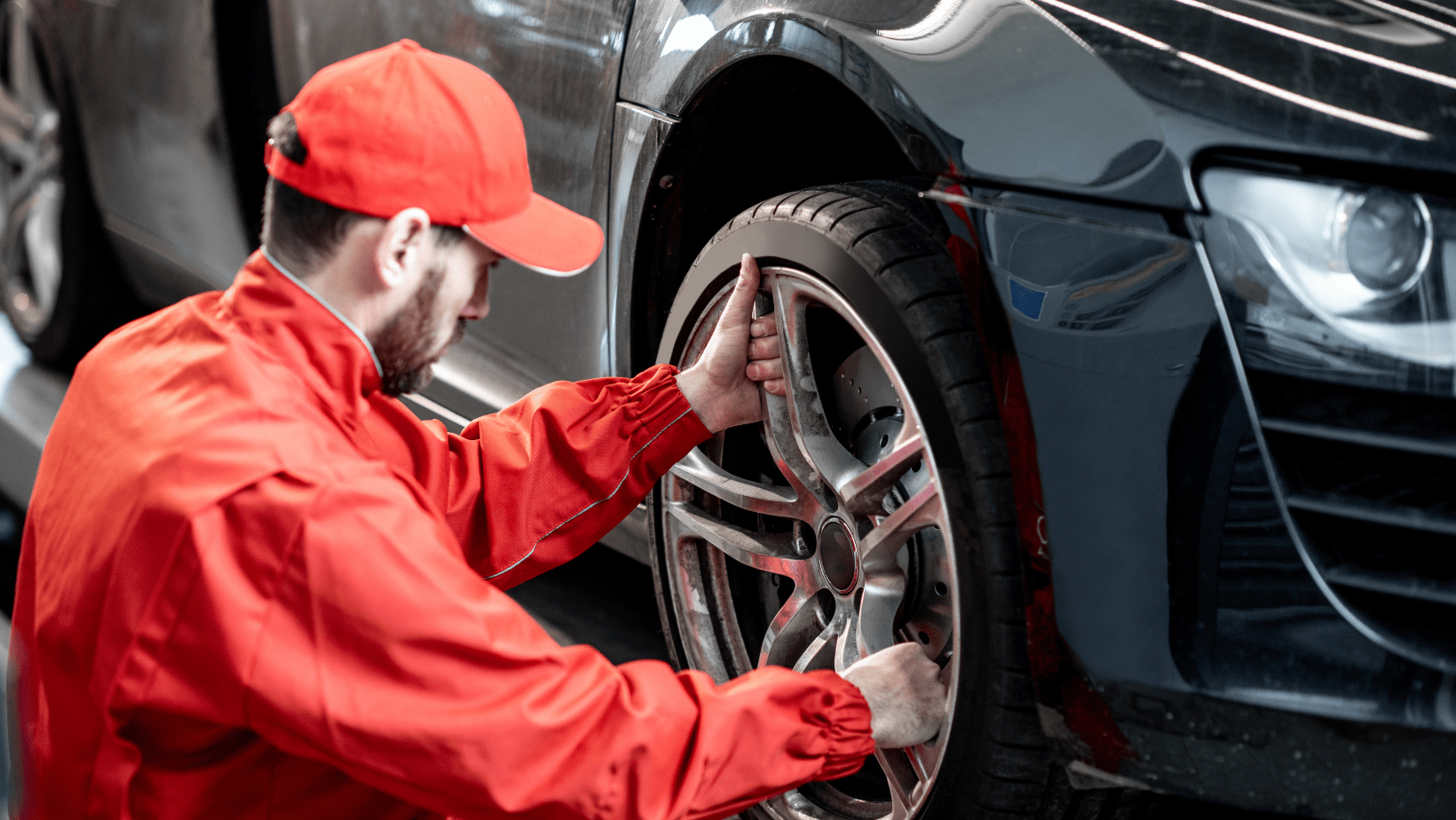Impact of Wheel Design: Aerodynamic Enhancements for Cars
Introduction
Understanding the impact of wheel design is essential when exploring aerodynamic enhancements for cars. While components like side skirts and underbody panels often grab the headlines, wheel design plays a critical but understated role in automotive aerodynamics. In this article, we’ll dive into how wheel design influences a car’s aerodynamics, performance, and efficiency.

1. Wheels and Aerodynamics
- Interaction with Airflow: Wheels significantly affect how air flows around a vehicle, impacting drag and lift.
- Design Aspects: Choices range from flat surfaces to intricate spokes, each with a distinct aerodynamic impact.
2. Types of Aerodynamic Wheels
- Flat vs. Spoked: Flat designs streamline airflow, while spoked wheels can improve brake cooling.
- Material Impact: Using materials like carbon fiber can enhance performance by reducing weight.
3. Performance Advantages
- Lower Drag: Aerodynamically efficient wheels can cut down drag, boosting top speeds.
- Better Handling: Optimized airflow around the wheels translates to improved handling and stability.
Exploring Aerodynamic Wheel Designs

The design of a wheel can greatly influence a car’s aerodynamic profile. Here, we look at different styles and their aerodynamic implications.
Flat-Faced Wheels: Providing a smoother surface for air to flow, these wheels are adept at reducing drag but may not cool brakes as effectively.
Spoked Wheels: While they can increase air turbulence, spoked wheels excel in directing air to cool brakes.
Material Choices: Lightweight materials, such as carbon fiber, decrease wheel weight, positively affecting acceleration and fuel efficiency.
Benefits of Aerodynamically Designed Wheels
- Reduced Drag: Less drag leads to a smoother, faster ride.
- Improved Fuel Efficiency: Efficient wheels mean less engine strain and better fuel economy.
- Enhanced Handling: Good aerodynamics contribute to superior handling, especially at high speeds.
Real-World Applications
- Racing Cars: Formula 1 cars often employ aerodynamic wheel designs for optimal performance.
- Electric Vehicles: EVs like Tesla models use aerodynamic wheels to extend range and efficiency.
Popular wheel brands:
| Brand | Specialty | Notable Features | Ideal For |
|---|---|---|---|
| BBS | Performance and Racing | Lightweight, Durable | Racing, Sports Cars |
| Enkei | Lightweight Wheels | Strong, Affordable | Street and Racing |
| OZ Racing | High-Performance | Italian Design, Lightweight | Racing, Luxury Cars |
| Volk Racing | Japanese Performance | Forged Construction, Stylish | Street Performance |
| HRE | Customization and Luxury | High-End, Custom Designs | Luxury, Sports Cars |
| Advan | Street and Track Performance | Japanese Engineering, Versatile | Street and Track Cars |
| American Racing | Classic and Muscle Cars | Timeless Designs, Sturdy Build | Classic, Muscle Cars |
| Vossen | Luxury and Aesthetic Design | Custom Finishes, Bold Styles | Luxury Vehicles |
| Forgiato | Bespoke and High-End Styling | Customization Options, Bold Designs | High-End Custom Cars |
| Rotiform | Unique and Innovative Designs | Creative Styles, Diverse Selection | Custom, Show Cars |
Conclusion
Wheel design is a key factor in car aerodynamics. By applying aerodynamic principles to wheel design, cars can achieve better performance, efficiency, and style.
Key Takeaways
- Wheel Design Impact: Crucial for car aerodynamics.
- Wheel Types: From flat-faced to spoked, each design has unique aerodynamic properties.
- Materials: Lighter materials like carbon fiber offer performance benefits.
- Advantages: Include reduced drag, improved fuel efficiency, and better handling.




